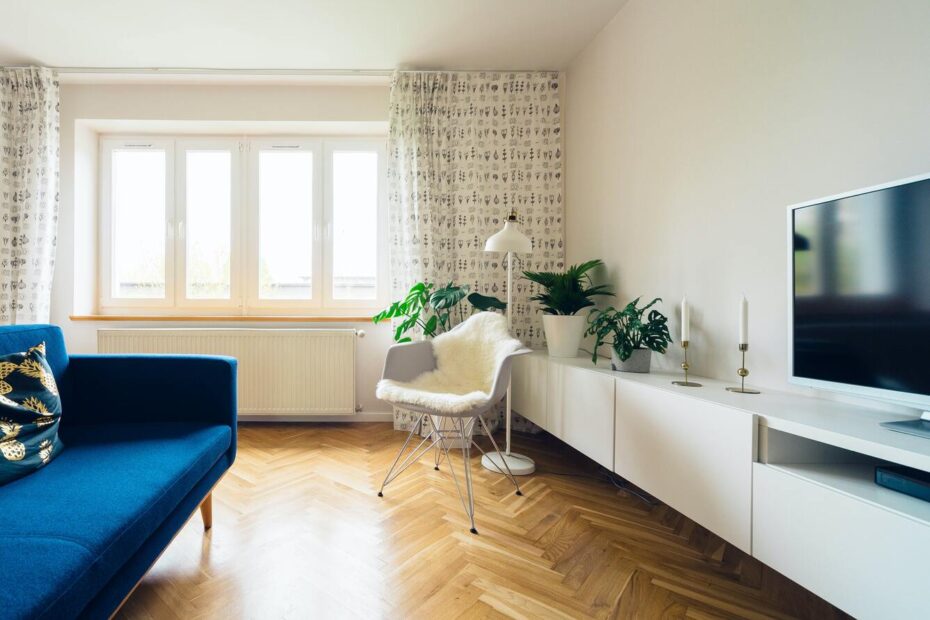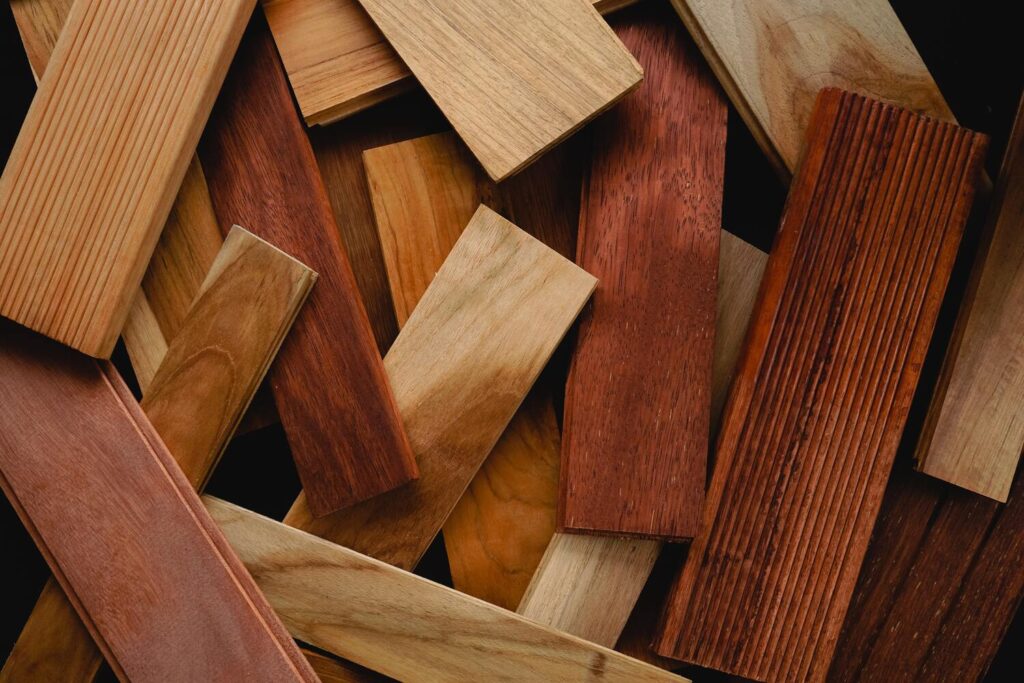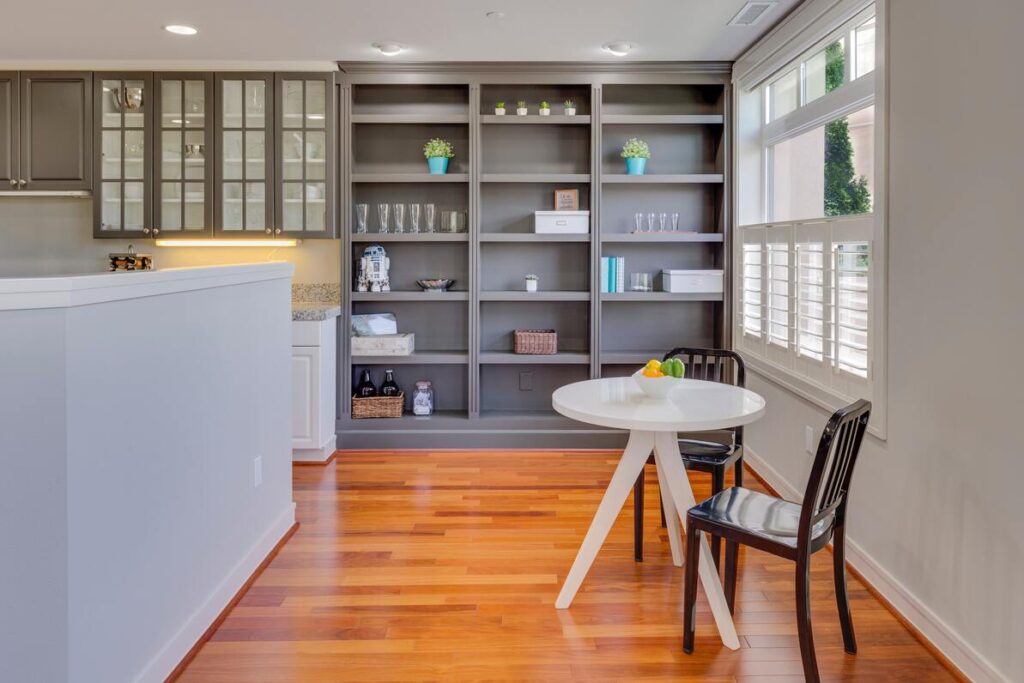For homeowners, choice of flooring is one of the bigger items on the renovation shopping list that demands careful consideration. With knowledge about the pros and cons of the product, one can make an informed decision. Price, comfort, and durability are all important considerations that should factor into the final decision. In this article, we list down the pros and cons of vinyl flooring so you can decide if vinyl flooring is right for you.
The Pros of Vinyl Flooring
- Economical
The first pro of vinyl flooring is that it is the most affordable flooring option on the market. Advanced printing techniques allow for realistic imitation of other natural materials such as solid wood, concrete or marble. Since it is available at a fraction of the cost of other flooring options such as hardwood, ceramic or marble flooring, homeowners can achieve stone- or wood-looks in the home while staying within budget.
So how much does vinyl flooring cost? The price of vinyl flooring can vary within the vinyl flooring spectrum and typically ranges from $3-$6.50 psf. At Home Expo Asia, vinyl flooring for HDB flats can go as low as $3 psf.
Luxury Vinyl Tiles (LVT) or rigid core vinyl products such as Stone Plastic Composite (SPC) vinyl flooring typically cost more than conventional vinyl flooring. The pros of LVT and SPC vinyl floorings is that they have superior qualities such as increased impact resistance and durability.
- Water and Mould-Resistant
Vinyl flooring surpasses other materials in terms of moisture resistance. This makes it ideal for areas in the home, such as the kitchen or bathroom, which undergo soaking or which require regular upkeep and maintenance.
Vinyl flooring is a synthetic material that is not susceptible to mould, decay or water damage like organic materials such as solid wood. Homeowners do not have to worry about vinyl flooring warping upon contact with excessive moisture as the material is fully non-absorbent. Vinyl flooring however, should not be exposed to steam via steam cleaning.
- Comfort
Older forms of vinyl flooring may consist of an underlayment. The underlayment is a foam or felt backing that provides cushioning underfoot and serves acoustic purposes, by absorbing shock and noise while walking.
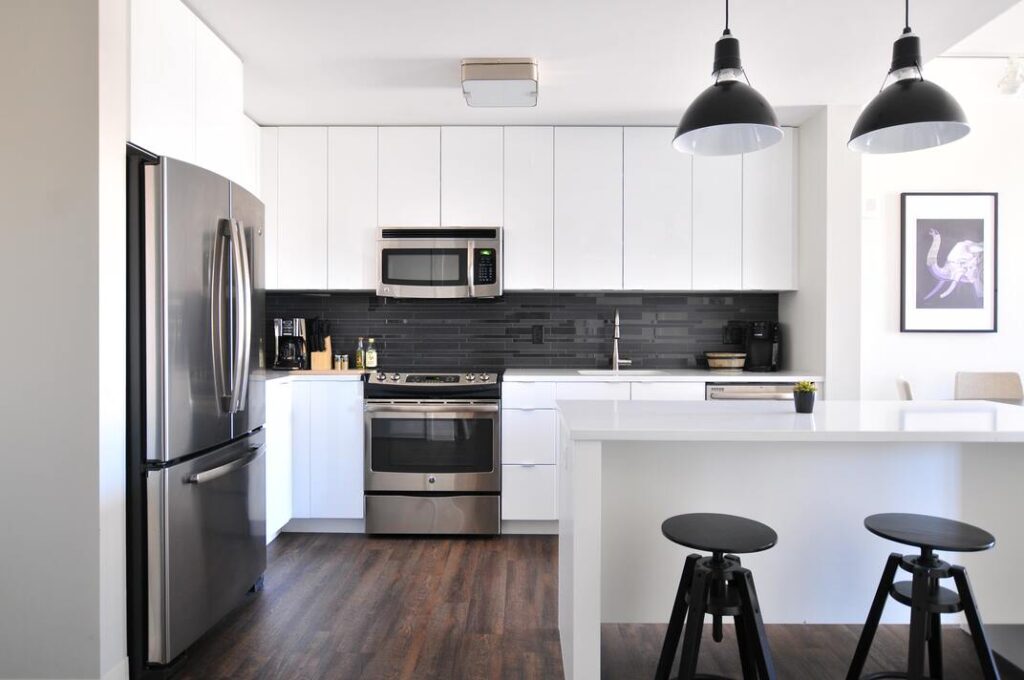
Besides the addition of a soft layer, vinyl flooring also has considerable ‘give’ underfoot which makes it more comfortable compared to materials such as marble or ceramic during long periods of standing. This makes it an extremely versatile material that is able to strike a balance between pliability and desired hardness.
- Durability
Vinyl flooring is also a hard-wearing material that holds up well against heavy foot traffic and damage. As a layered construction, the wear layer is a key component that contributes to the overall thickness and durability of vinyl flooring. Vinyl flooring with a thicker wear layer can better withstand impact, which will preserve the longevity of the flooring.
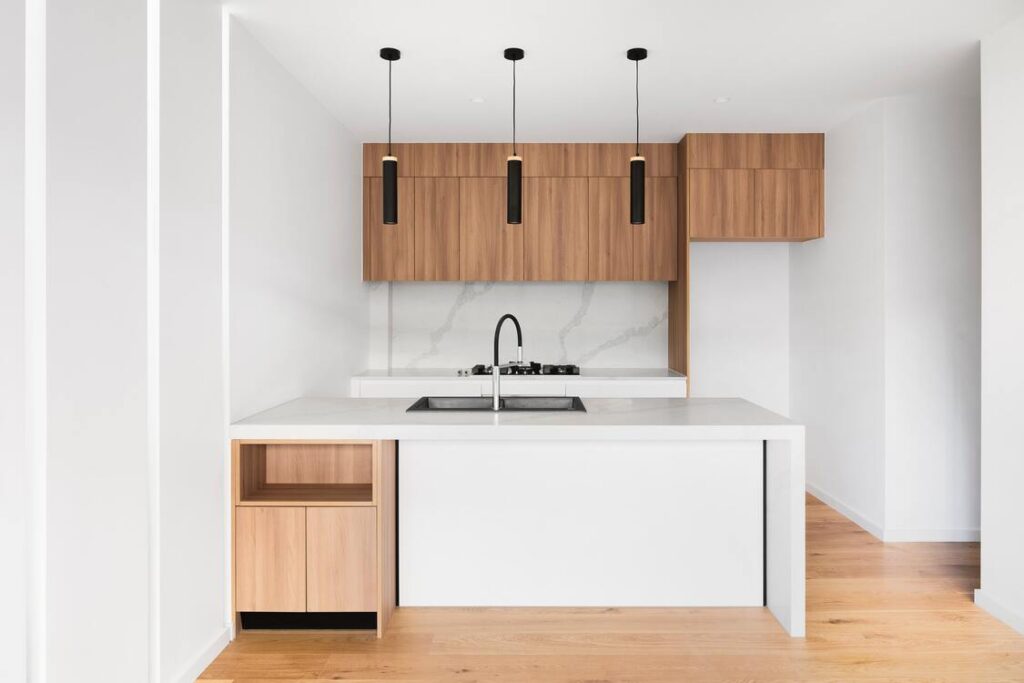
- Installation
There is no shortage of hassle-free installation options, especially for newer vinyl products on the market. Luxury Vinyl Tiles (LVT), also known as High End Resilient Flooring (HERF), typically come as floating floors which snap together at the edges in a click-and-lock fashion. This enables quick and easy installation without the use of an adhesive or glue-down bond.
The Cons of Vinyl Flooring
- Subfloor Preparation
The smoothness and uniformity of vinyl flooring is heavily dependent on the preparation of the subfloor. Homeowners should be cautious during installation as the presence of any loose particles or surface unevenness can subject the vinyl flooring to telegraphing, which is the transfer of subfloor imperfections to the flooring. Professional preparation by your chosen flooring contractor is thus critical to ensuring a seamless finish.

With recent innovations and improvements in manufacturing processes, however, homeowners can also look for rigid core luxury vinyl products available on the market. As their name suggests, these types of vinyl flooring have a core construction that is highly dense and rigid, making them superior to traditional forms of vinyl. Compared to traditional vinyl flooring which is more pliable, these tend to be more forgiving towards any subfloor imperfections.
- Toxicity
Vinyl flooring can emit ‘off gas’, which are toxic chemicals that are harmful to the environment and reduce indoor air quality. Children and pets are more susceptible to these chemicals, which can contribute to respiratory disorders and health issues.
However, manufacturers have increasingly taken steps to ensure that their products are in line with health regulations and are within an acceptable range of emissions. Newer vinyl flooring products on the market, such as SPC vinyl flooring, also contribute very minimally to toxic emissions due to the absence of such materials in its production.
- Not Impossible to Damage
It is worth mentioning that vinyl flooring is ultimately not as hard as materials such as ceramic or marble. As such, it can still be subject to damage to a certain degree. Objects which are dropped at high velocities, heavy furniture or sharp objects can cause gouging, scuffing or dents to vinyl flooring.
However, many homeowners have continued to make vinyl flooring their choice of flooring as it is long-lasting and does not require frequent replacement. A wear layer thickness of minimally 0.5mm is substantial and considered ideal, especially for homeowners with children or pets in their household. In addition, rigid core luxury vinyl products such as SPC vinyl flooring consist of an ultra-dense core that provides added protection against damage.
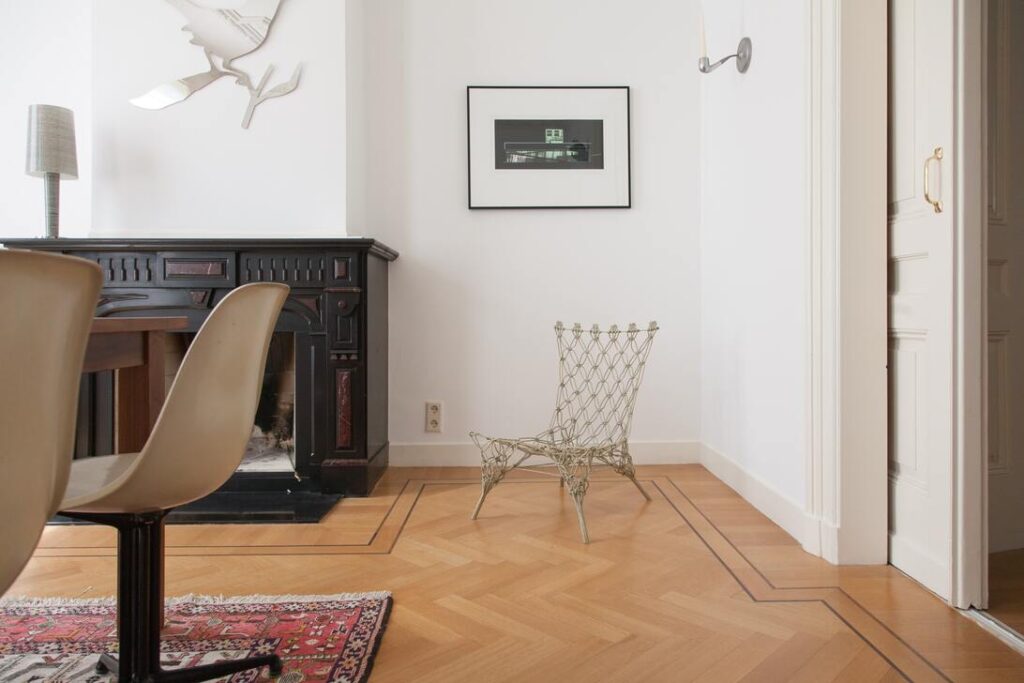
Hopefully, this list has given you a better idea of the reasons for, and against, using vinyl flooring for your home. Overall, vinyl flooring presents numerous benefits and is an attractive choice of flooring for those looking for all the benefits of functional and cost-effective flooring without compromising on style.
